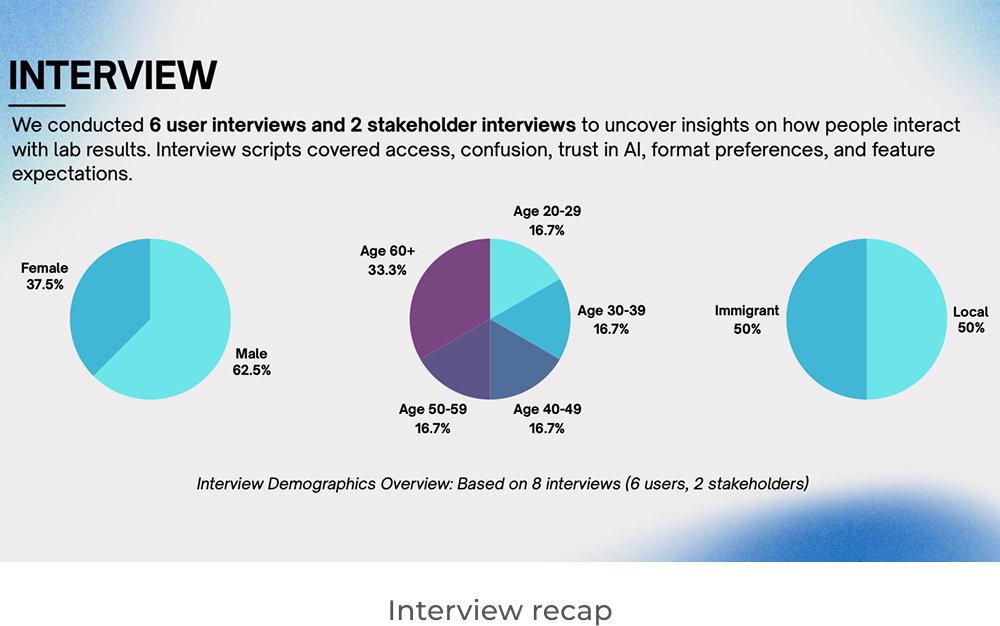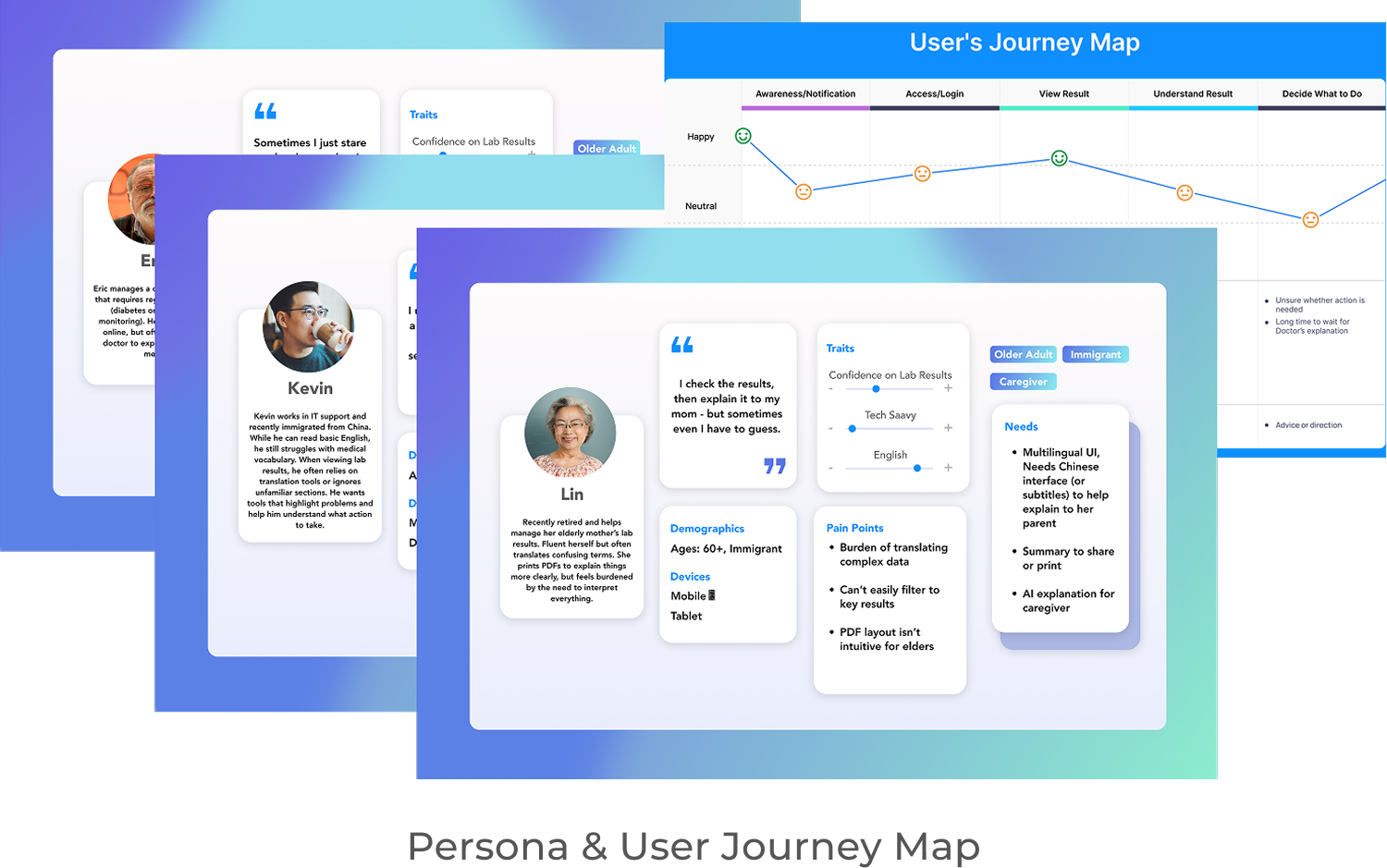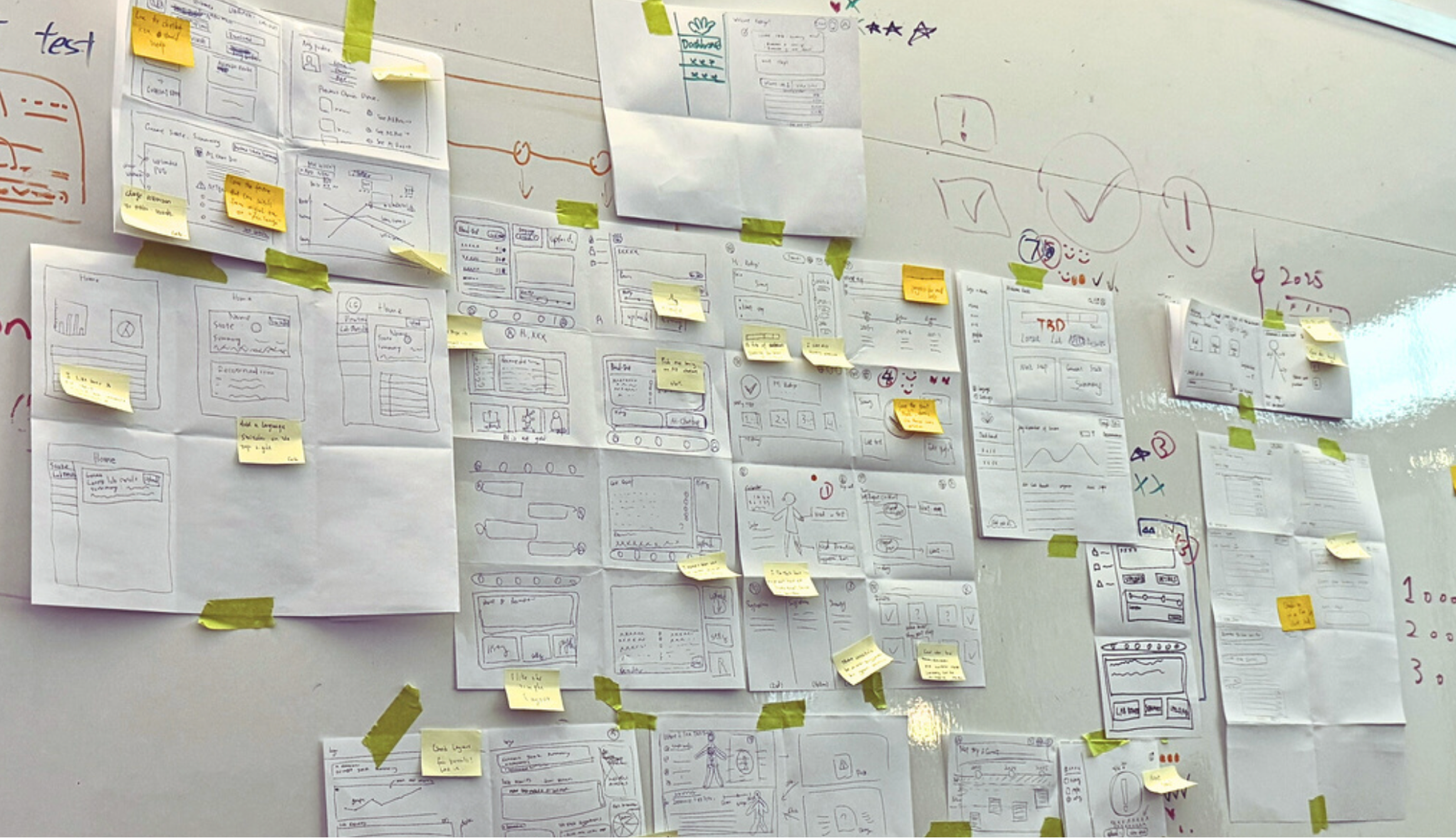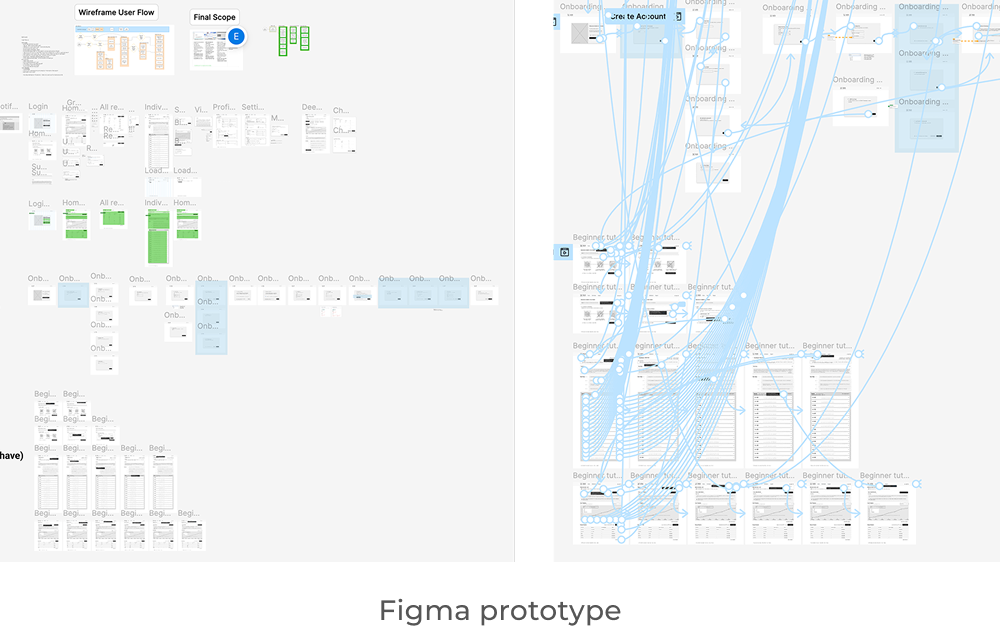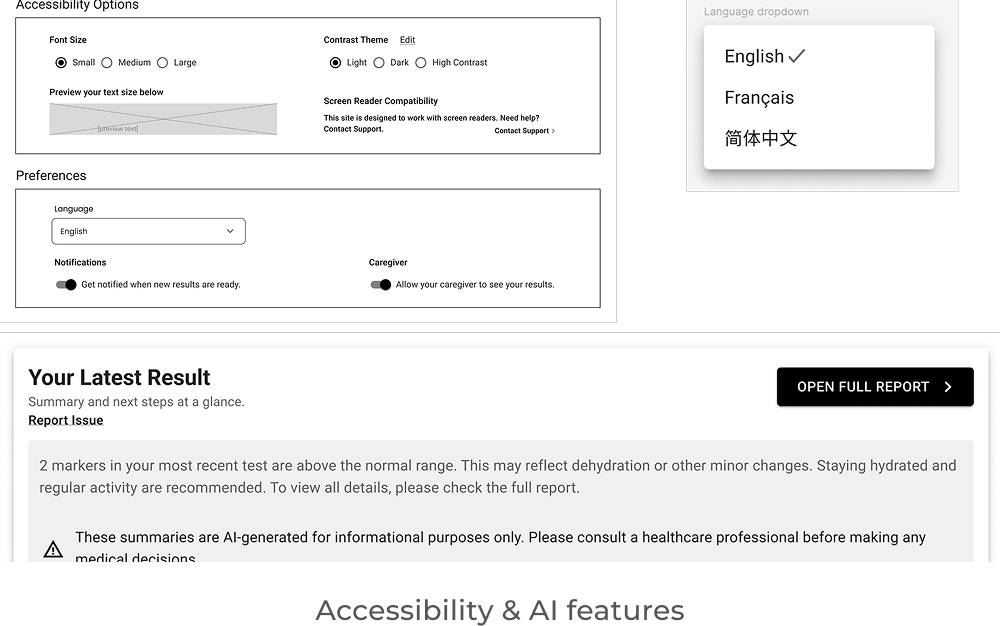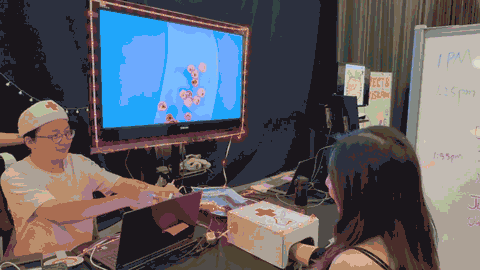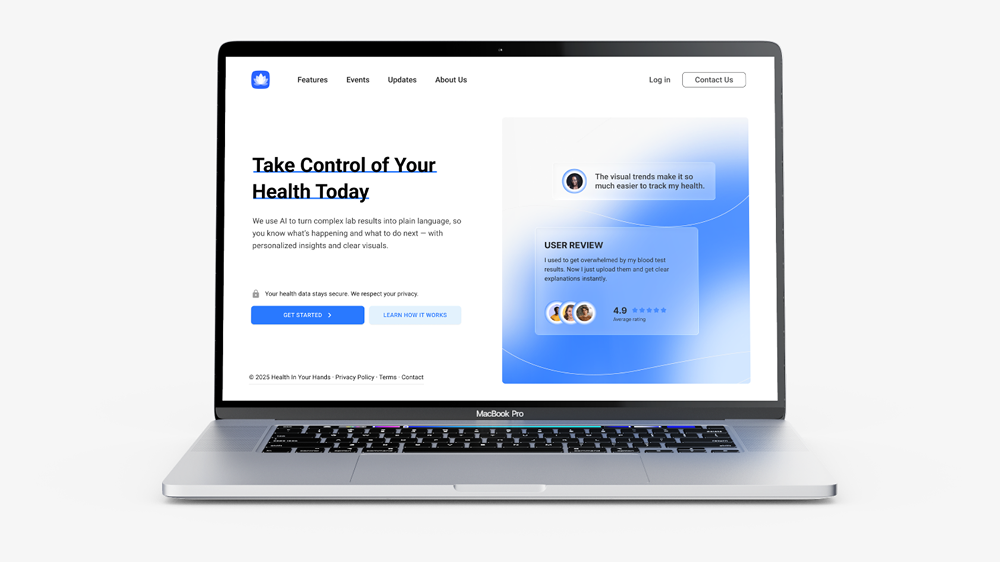Special Thanks
Huge thanks to our supervisor Thelma Wiegert for her guidance throughout the project, and to my amazing teammates - this case study wouldn’t exist without your energy, insights, and collaboration:
Cece (Xi) Chen – Project Manager, Div Wang – UI & Brand Designer, Rebecca Lee, Matthew Tse, Nguyen Phuong Nam – Developers, Grace (Yilin) Fan – Video Editor.
Project Status
This is an ongoing project. While the current design and MVP have been completed, our team and client are actively working to bring the product forward beyond the academic setting. We hope to see it live and serving real users in the near future.



